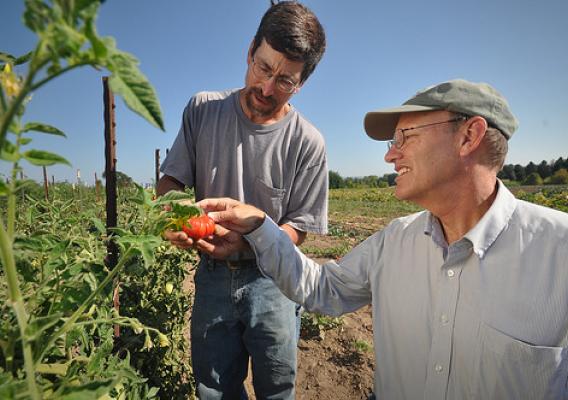Autumn is a time to reflect on all that we have to be thankful for, as we enjoy the harvest of nature’s bounty during gatherings with family and friends. In Indian Country, culture and tradition are sustained through shared meals with family and the community. Traditional foods are a powerful way for each new generation to connect with and honor its history and its ancestors, and participants in USDA’s Food Distribution Program on Indian Reservations (FDPIR) have access to more traditional foods than ever this year. November, Native American Heritage Month, is an especially fitting time to celebrate the addition to FDPIR of bison, blue cornmeal, wild rice, and wild salmon – foods that not only nourish a body but sustain a culture.
In collaboration with the FDPIR community, USDA’s Agricultural Marketing Service and Food and Nutrition Service have been working to identify culturally relevant foods to procure and offer through FDPIR, a program that provides healthy food and nutrition education to an average of 92,500 income-eligible individuals living on or near reservations across the United States each month. The food package offers more than 100 domestically sourced, nutritious foods, including a variety of meat, poultry, fish, dairy, grains, and fruits and vegetables. In both fiscal year 2015 and 2016, USDA received an additional allocation of $5 million dedicated to traditional and locally-grown foods. This fund, authorized under the 2014 Farm Bill and subject to the availability of appropriations, has allowed the exploration of new culinary opportunities for FDPIR.










